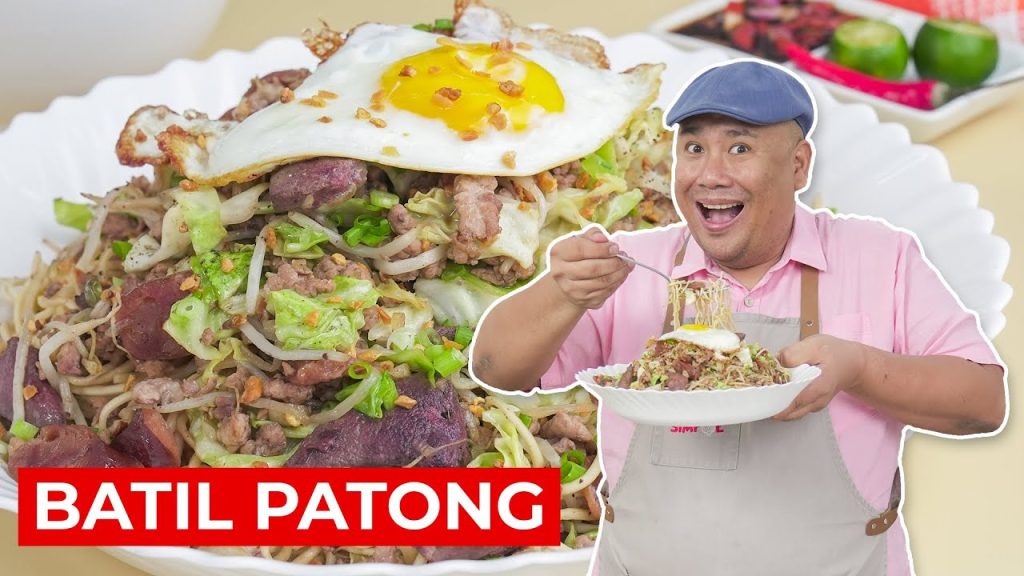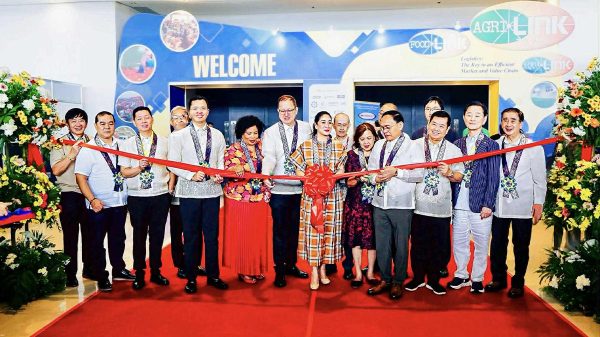The Premise: Splitting the Self For those who haven’t seen it, Severance is a mind-bending science fiction thriller. It’s set in a cold, corporate world where employees undergo a surgical procedure that splits their consciousness in two. One version—the “innie”—exists only at work, with no memory of life outside. The other—the “outie”—lives a regular life, unaware of what happens from nine to five. It’s marketed as the ultimate form of work-life balance—but what Severance taught me is that this artificial separation isn’t balance at all. It’s fragmentation. What Anthropology Tells Us As a biological anthropologist, the show struck me in ways I didn’t expect. Anthropology teaches us that humans are both biological and cultural beings. Severance, through its strange plot and sterile hallways, raises profound questions about identity, agency, and what it means to be whole. There are two key ideas I teach in biological anthropology. First, every person is shaped by evolutionary history. Our physical traits, cognitive abilities, and social behaviors evolved from our ancestors’ successes and failures. Second, we are also shaped by individual life history. From conception onward, genes and environment interact. Nutrition, illness, early emotional bonds, education, stress, and culture all influence development. The body remembers everything. We’re not blank slates or machines—we’re mosaics of biology, biography, and experience. And what Severance taught me is that removing even part of that mosaic has profound consequences. Why Severance Feels So Disturbing That’s why Severance is so unsettling. It imagines a world where a person’s life is forcibly split in half. The innie lives only to work—like a sentient organ trapped inside an office, never seeing daylight. The outie gets evenings and weekends but doesn’t know how income is earned. In a biocultural sense, this is impossible. Work affects health. Memory affects mood. Sleep affects everything. The body carries experience, even when the mind forgets. And what Severance taught me is that no part of our lives is truly compartmentalized. The Brain Is Malleable, But Not Limitless Severance becomes even more compelling when we think about how culture shapes the brain—and how the brain adapts to the environments we create. Humans have extraordinary behavioral plasticity. We can learn and unlearn habits. That’s how we live in deserts or high-rises, chant prayers or file taxes. But the brain dislikes incoherence. When our actions clash with our sense of self, we experience cognitive dissonance. In Severance, that dissonance becomes literal. The innie develops a belief system about work, even revering the company’s founder. The outie knows none of this. Yet both selves are shaped by routine, fear, and social cues. The company isn’t just managing behavior—it’s engineering neurological identity. Culture Shapes the Mind Culture doesn’t just influence what we think. It shapes how we think. It molds everything from walking styles to moral instincts. In Severance, culture is weaponized. The workplace becomes a system of control, altering not just memory but perception and selfhood. In real life, we are never just one thing. We are siblings, friends, citizens, colleagues. We shift depending on context—formal at work, casual at home, polite in public, relaxed in private. These shifts help us build a coherent identity. But what Severance taught me is that when those shifts are forcibly removed, identity fractures. The innie is denied a past, a future, and a social role beyond the office. What kind of person develops in that vacuum? Is that even a person? The Real-World Echo These questions reflect real-world issues. Migrant workers often navigate fractured identities. Trauma can separate memory from emotion. Economic systems sometimes treat people as functions, not lives. If culture helps shape the self, then cutting someone off from cultural continuity is a form of violence. The innies in Severance aren’t just employees. They are amputated selves, severed from meaning and context. This is one of the deepest things what Severance taught me: when we dehumanize through systems, we damage more than the mind—we damage identity itself. The Human Response: Resistance And yet, something deeply human remains. In the bleak hallways of Lumon Industries, we see resistance, connection, curiosity. The characters want to know their past. They want to escape. Even without memory, they long for meaning—for reunion with the self. That’s what Severance taught me, above all. It takes a sci-fi premise and builds a deeply anthropological story. It reminds us that humans can’t be reduced to roles or stripped of context. Our biology carries culture. Culture rewires the brain. And the brain builds the stories that define who we are. We Are Not Meant to Be Divided In the end, Severance isn’t just dystopian fiction. It’s a warning—and a mirror. In a world that pushes for separation, optimization, and disconnection, Severance asks: What happens when we divide what is meant to be whole? As an anthropologist, I can say this with certainty: We are biological and cultural beings. The Author, RJ O. Taduran is a forensic anthropologist who reads bones, not palms — decoding the human story at the crossroads of tech, teaching, and truth.
I had a bit of free time, so I did what any tired academic might do when the to-do list finally quiets down: I binge-watched a television series. The show was Severance, and I can’t stop thinking about it. As an anthropologist, I found it both disturbing and illuminating. Here, I try to sum up what Severance taught me about identity, memory, and what it means to be whole.
Integrated. Inseparable. Human.
Are Senior and PWD Discounts Just a Benevolent Decoy to Hide Corruption?
In many places, the system designed to provide Senior and…























